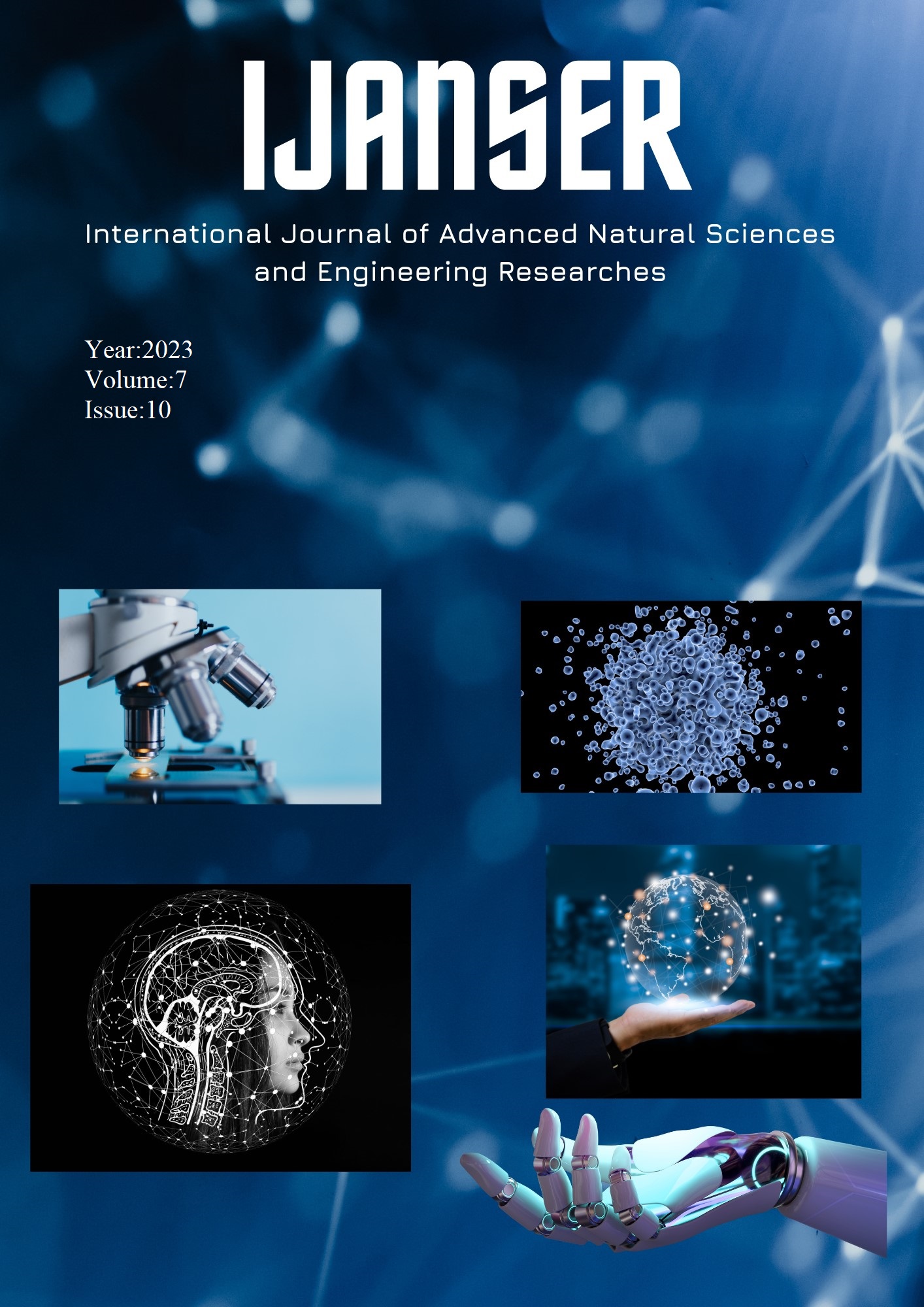Development of Antimicrobial Plastic Material for Automotive Applications
Keywords:
Antimicrobial, Automotive, Polymer, Silver, Zinc PyrithioneAbstract
This article discusses the development of antibacterial plastic materials that can inhibit the growth and spread of harmful microorganisms on plastic surfaces. The incorporation of antibacterial additives into plastic formulations has been explored to address the issue of bacterial contamination in various sectors, including healthcare, food packaging, and consumer goods. The article presents the results of trials conducted on three different antibacterial plastic materials: 20% talc-filled polypropylene, unfilled polyamide 6, and 35% glassfiber-reinforced polyamide 6, enhanced with silver and zinc pyrithione additives. These materials are tried in recliner lever of car seats which is handled by driver and passangers. The antibacterial activity of these materials was tested using standardized methods to evaluate their effectiveness in reducing microbial contamination. The results showed that the incorporation of silver and zinc pyrithione significantly reduced bacterial growth on the plastic surfaces, making these materials suitable for applications where hygiene is crucial in nowadays. The article also discusses the benefits of these antibacterial plastic materials, including their versatility, durability, and public health benefits. As research in this field continues, more advanced antibacterial plastic materials are expected to emerge, providing additional protection against microbial threats in our everyday lives. The development of these materials represents a significant step forward in improving the hygiene and safety of various products and applications.
Downloads
References
Shi, H., Liu, X., & Zhang, Y. (2014). Fabrication of novel antimicrobial poly(vinyl chloride) plastic for automobile interior applications. Iranian Polymer Journal, 23, 297-305.
Kenawy, E. R., Worley, S. D. and Broughton, R. 2007. The Chemistry and Applications of Antimicrobial Polymers: A State-of-the-Art Review. Biomacromolecules, 8:5, 1359-1384. doi:10.1021 / bm061150q
J. 2003. Quantitative evaluation of antibacterial activities of metallic oxide powders (ZnO, MgO, CaO) by conductimetric assay. Journal of Microbiological Methods, 54:2, 177-182. doi:10.1016/S0167-7012(03)00037-X
Berger, T.J., Spadaro, J.A., Chapin, S.E. and Becker, R.O. 1976. Electrically generated silver ions: quantitative effects on bacterial and mammalian cells. Antimicrob Agents Chemother, 9:2, 357–358. doi:10.1128 / aac.9.2.357
Palza, H. 2015. Antimicrobial Polymers with Metal Nanoparticles. International Journal of Molecular Sciences. 16:1, 2099-2116. doi:10.3390 / ijms16012099





